I grew up and lived the first half of my life in Michigan. There, over the entire three months of winter, there’s tons of snow! Usually it snows at least twice a week, sometimes every day. I had a love-hate relationship with winter. I hated the chapped lips, the chapped hands, the frozen fingertips and toes, the constantly runny nose. At the same time, when it snowed it was SO BEAUTIFUL! Being out in a gentle snowfall is truly delightful. The snowflakes tumble and swirl, land on your skin and melt, and fill the entire air with a joy which is incomparable.
Then, of course, there’s the really fun stuff. Building snowmen — I guess ‘snow persons’ is more PC — having a friendly snowball fight, even shoveling the walk and drive, though hard work, had its rewards. Then, when the wind was right, the snow would drift. My last house in Michigan was a fairly large Dutch colonial with a balcony. Sometimes the drifts which accumulated against the house were two to three (6 – 10 feet) meters deep, so we’d jump off the balcony and end up with snow up to our eyebrows.
My best memories of winter were my childhood, specifically when I was 12, 13, 14. I’d ice skate every day after school on one of the many ponds which naturally occurred in the fields behind our mobile home. There was snow everywhere and if there was fresh snowfall, the skating session had to begin with shoveling the ice. Once enough of the surface was cleared, we would skate under the sky or canopy of clouds, until we couldn’t feel our toes any longer. My dad made me a hockey net and I practiced and practiced. I got good enough that when I was 14, I went out for a hockey team and became first string center!
Enough nostalgia.
Japan gets its share of winter. The northernmost prefecture — a prefecture is the equivalent of a state — is Hokkaido. It has weather very much like Michigan, with tons of snow. Hokkaido has a fleet of snow removal trucks, just like the Midwest in America. And great skiing!
But where I live, the winters are very mild. This year has been cold but lacking much snowfall. It snowed a couple times but only lightly, and the temperature was mostly above freezing, so the snow disappeared within a couple hours of appearing.
Two years ago, we had some serious winter storms. I reached into my photo archive. This is the neighborhood where I live two years ago.
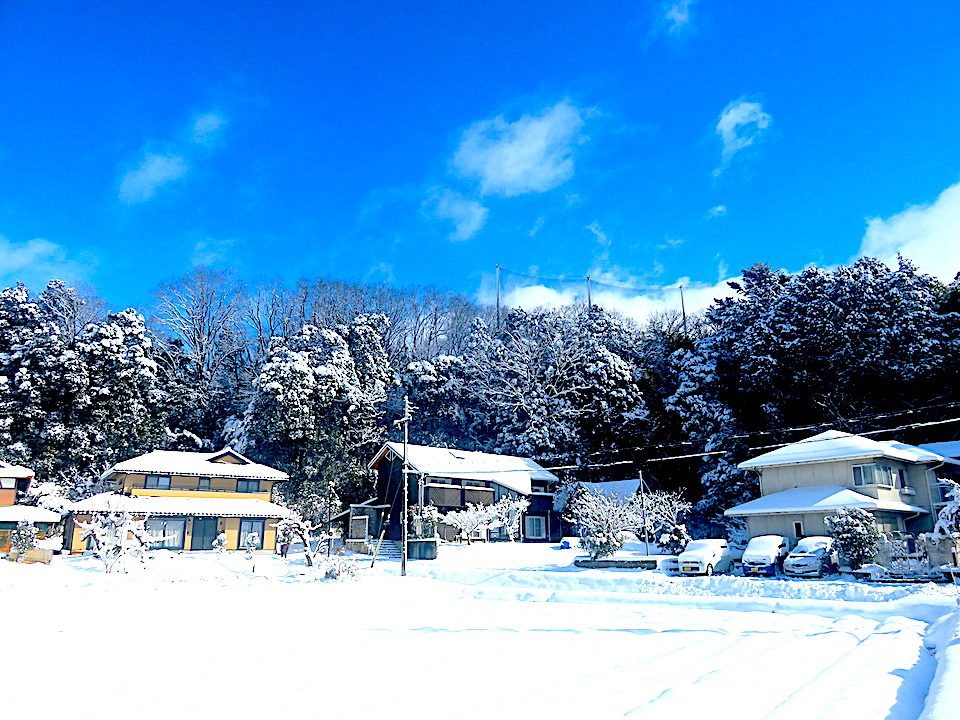
And here are some photos of a walk I took then to our local shrine.
However, I have to close with a slight correction. Here I am writing about not having much snow this year. But I waited an extra day to finish this article. Ironically, overnight we got a major blizzard and it’s still snowing! I would guess we’re going to get 2-4 inches, which to be sure is a lot for this town. So far it looks like this . . .
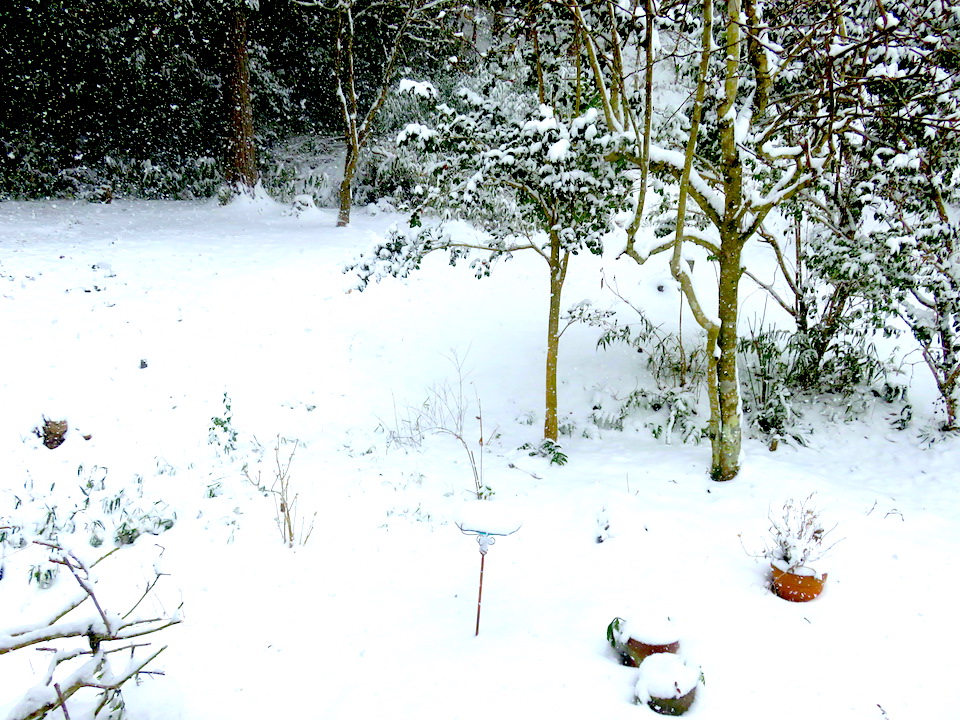
I tested it. It’s great packing snow, perfect for a ‘snow person’.
Gotta go!

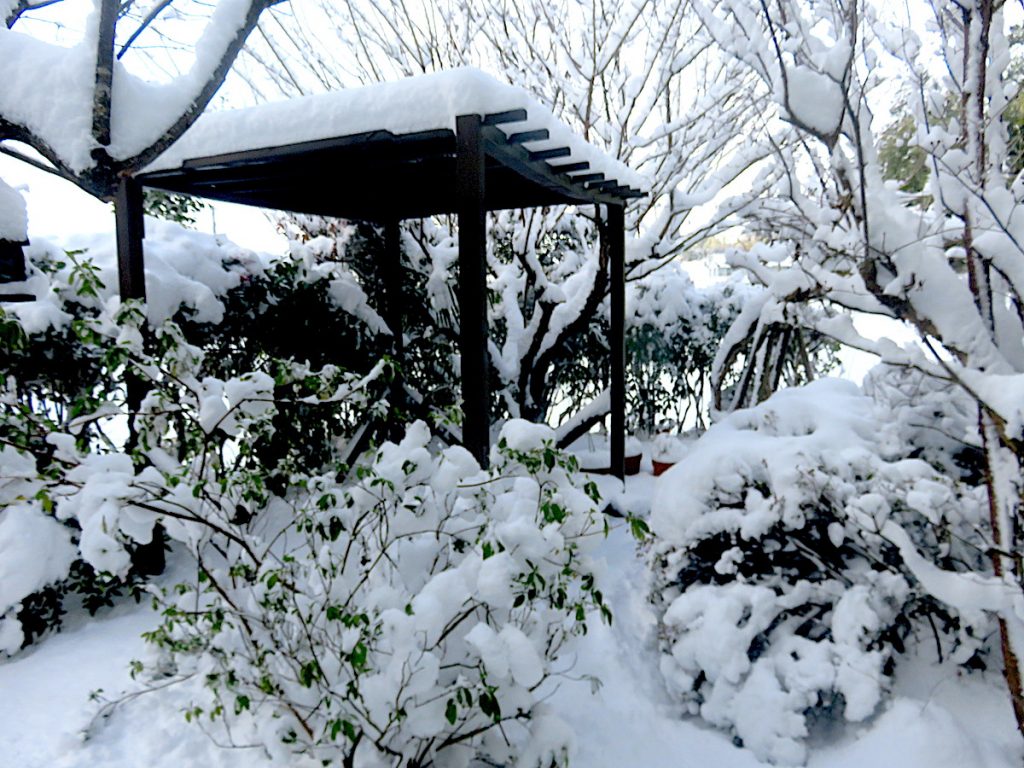




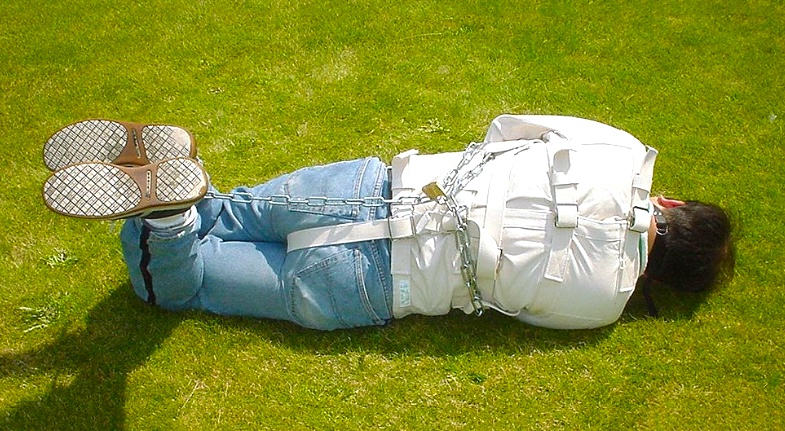
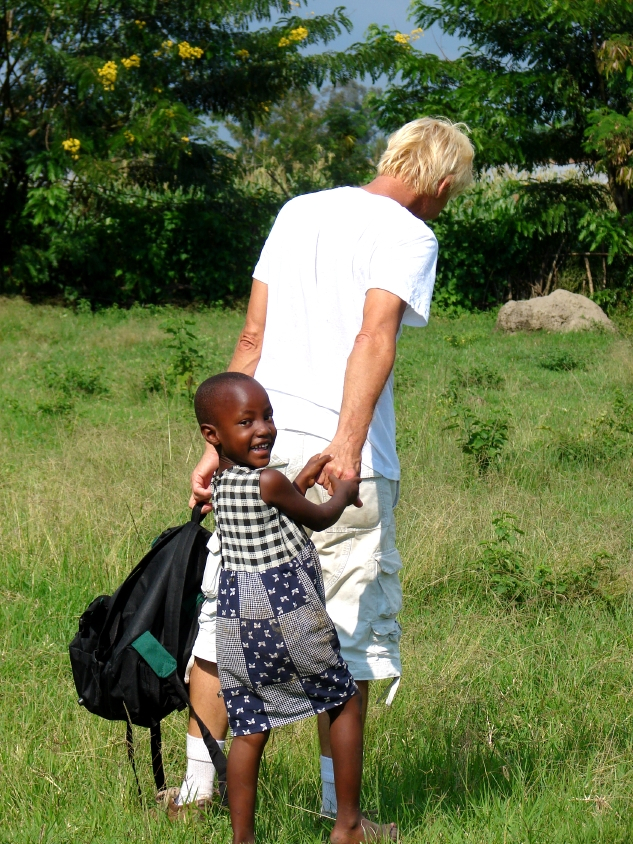

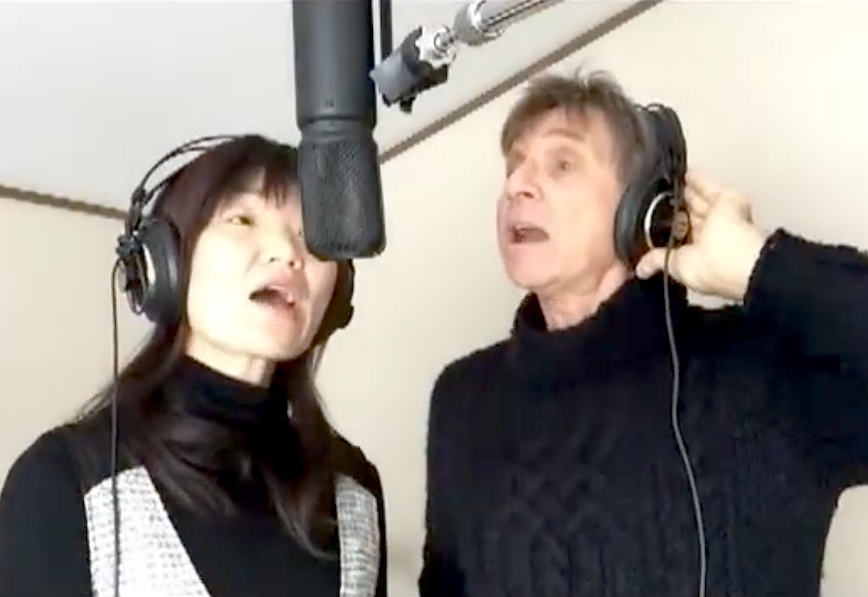
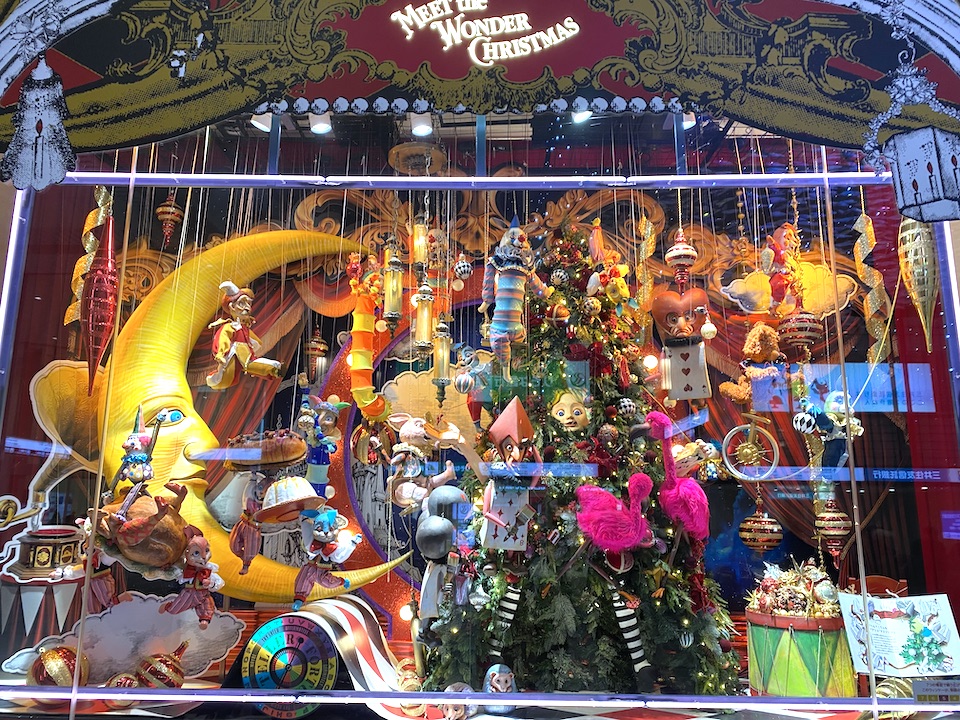
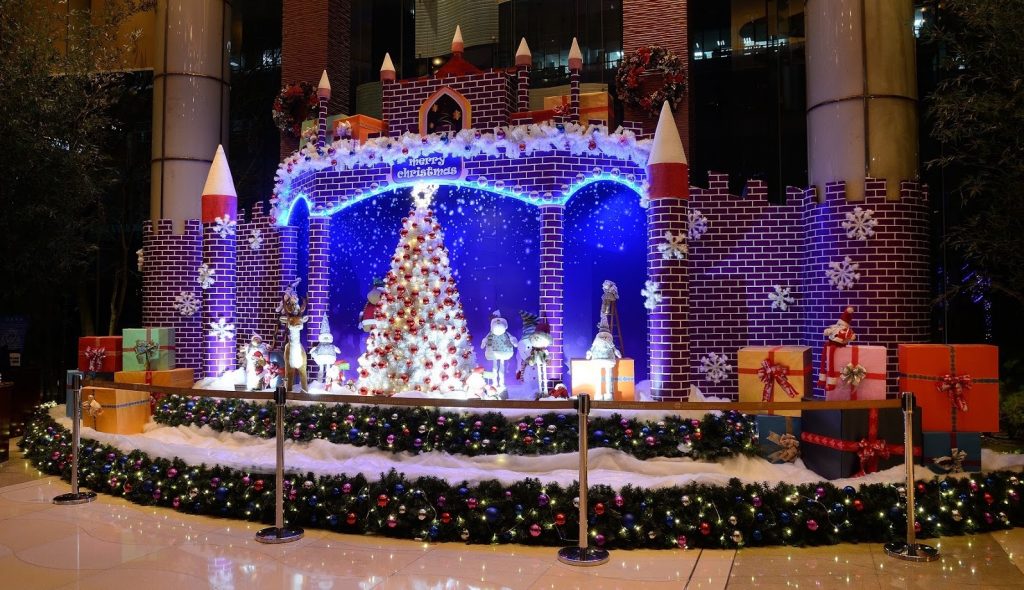





Life In Japan: A Peek Inside a Japanese Elementary School (1st-Grade)
When I watch the above video, Instruments of a Beating Heart, I’m tempted to think it’s all been staged for the cameras. But I have the luxury of a wife who teaches music to elementary students in just such a school and she tells me . . .
Yes, this is exactly what it’s like!
There are several things that truly stand out, at least for me.
The kids take the auditions so seriously, but their enthusiasm for getting the parts in the orchestra is shared. They’re very supportive of one another. Their focus is making their individual efforts contribute to the success of all of them in the shared enterprise. This “spirit of community” very much defines Japanese culture. It is why Japan is such a polite society, why there’s so much respect for the property of others, why the crime rate is so low, why kindness is the norm, why everything here seems to work so well.
The students show an awful lot of respect for their teachers. Of course, there are always exceptions. My wife tells me about the one or two or three kids in a class who are disruptive, even abusive to her and other students. Overall, however, Japanese students are attentive and polite.
THEY CLEAN THE SCHOOL! This includes the halls and the classrooms. Correct me if I’m wrong but I can’t imagine this being standard procedure in the U.S. and can imagine parents being outraged at the school using their kids as janitors. I think it’s phenomenal! It gives the kids a sense of ownership of and responsibility for the school, prompting them to keep the facility clean in the first place.
THEY HELP SERVE LUNCH! Again, I think this is great! It promotes a sense of service to others, gives them some practical experience doing something essential. Amazing! Do the elementary schools in America even serve freshly cooked, nutritionally balanced meals?
Lastly, I want to highlight the conversation among three of the students, discussing “What are we?” Meaning, how should they see themselves as individual contributors to the upcoming performance. This occurs at 21:18 of the video.
With a perceptiveness and intellects way beyond their years — they are only six-years-old — they decide together they all form a “beating heart”.
“We’re each a piece of a heart. If everyone is together, this is our shape.” And one girl makes a heart with her fingers. “If one of us is unbalanced, then the shape is broken. It’s no longer a heart.” Out of the mouths of babes, eh? But yes, that sums up the sense of community here in Japan, which I’ve written about before. It’s ingrained in every Japanese from birth, for better or worse.
I’m not preaching. Nor am I judging. Schools in each country — as do their societies as a whole — have their own ways of doing things and approved, accepted practices. What I am saying is that it’s important to look to other cultures to get fresh ideas and perspectives. That’s one sure way to improve on things. There are always opportunities to learn, re-think, break old habits, to innovate. It’s just a matter of looking around.
And what do you think?
By the way, there’s excellent video commentary on Instruments of a Beating Heart, presented by Professor Andrew Hartley. He looks at the fundamental cultural differences between Japan and the U.S., focusing on the contrasting ways we regard and raise our children. I highly recommend it.